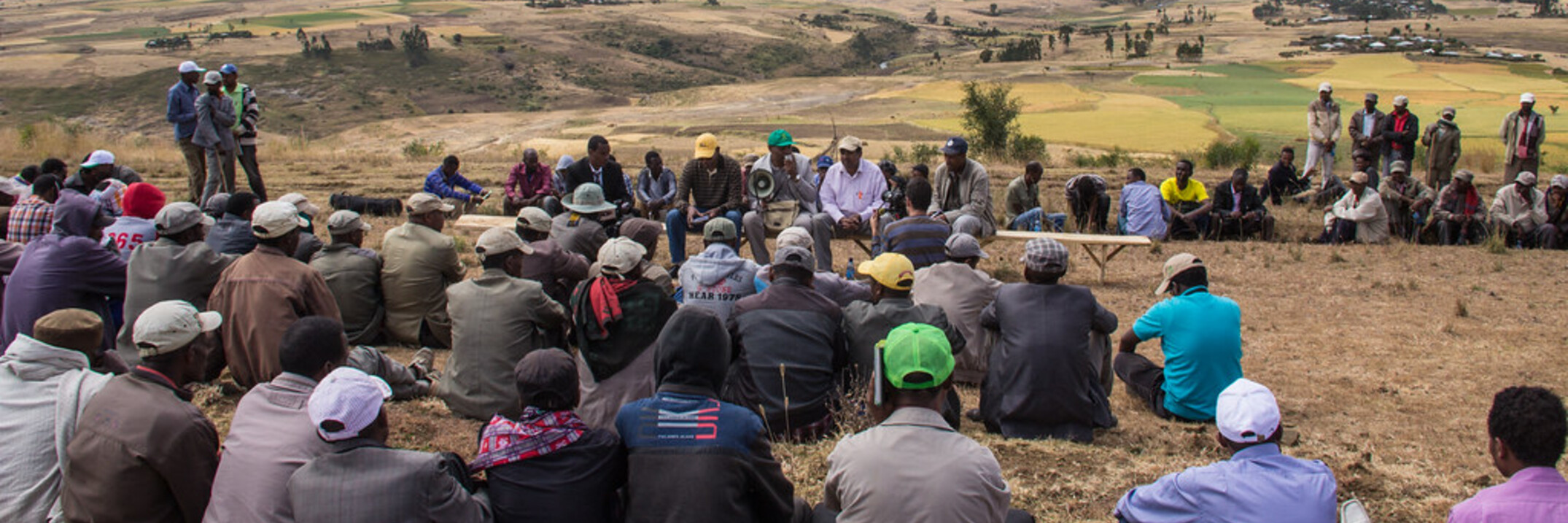Sustainable development of pastoral and agro-pastoral systems, dominated by collective and/or tribal ownership of
rangelands, is a key issue for the West Asia and North Africa region. These two systems are located in arid and semi-arid areas and
are...


